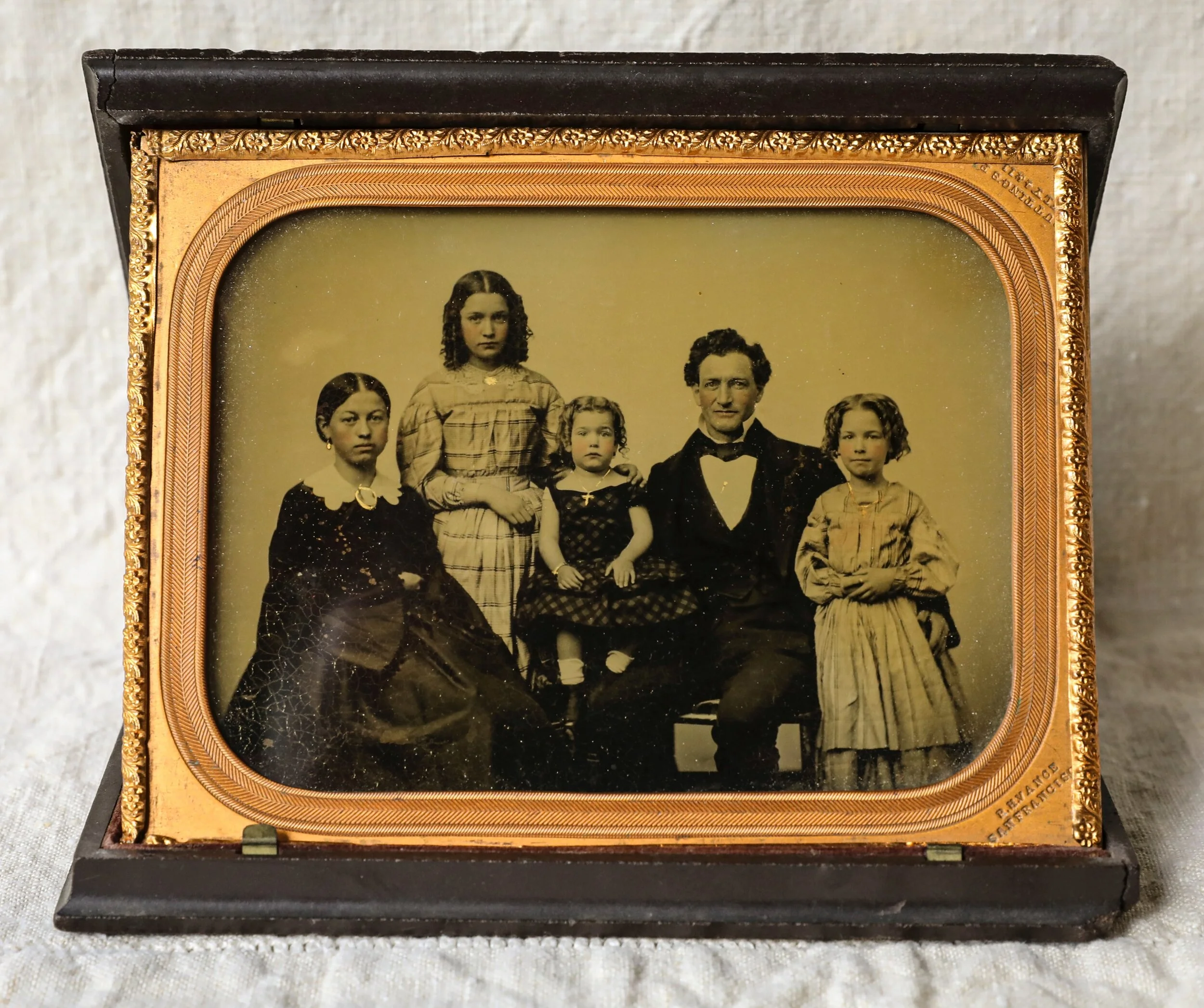Capital history 5
Dear Readers
We wish you all the best in the current trying circumstances of the lockdown. May it be short, safe, and successful. And don’t forget one of the gifts of history is the knowledge that generations before survived extraordinary challenges and dark days. Just as we do now.
I hope that you enjoy our Capital history 5 selection below. A plate of tasty appetizers to stimulate one's history appetite. Bon appétit!
This month, August 2021, is Family History Month. With the COVID-19 outbreak some events have no doubt been curtailed but some interesting online items are out there including:
The National Museum of Australia’s Springfield–Faithfull family collection is featured here. This is a rich record of the life and times of one family and their merino sheep property at Springfield, near Goulburn in New South Wales. Stored in the family’s private museum for many years — it reveals the story of early settler William Pitt Faithfull and the generations of his family who called Springfield home. I especially love the photographs.
Capital history here’s tagline ‘Where the past and present talk’ was inspired by Laurel Thatcher Ulrich’s quote ‘history is a conversation and sometimes a shouting match between present and past’. A great example of this is the recent conversation about Bruce Pascoe’s 2014 ground-breaking book Dark Emu. Bill Gammage writes about this here and Peter Sutton and Keryn Walshe, authors of Farmers or Hunter-gatherers? respond here.
Capital history here is a big fan of Tim the Yowie Man and his unique enthusiasm for Canberra’s history and heritage. This might be why this ABC article piqued our interest From yowies to UFOs to panthers, what's the real story behind Australia's urban legends?
Finally read Canberra by Paul Daley. What a delightful introduction to Canberra’s history? Here is a taste:
Canberra is the manifestation of a dream — an ideal that a beautiful, well-planned and purpose-built city could represent the best of what Australian federation could aspire to. Canberra, it was envisaged, would be a display home for the country’s anthropology and culture and learning, as well as its decision-makers. It would be Australia’s objective historical memory and its conscience, its vanguard of scientific research and the showcase for its creativity. It would be a national monument to those who’d died in its conflicts and a repository of the archives, every Australian paper and book, the art and artefacts that signposted our complex and morally fraught road through nationhood.
Acknowledgement: Photo by Mick Haupt on Unsplash.
Please share. Let’s get the past and present talking.




